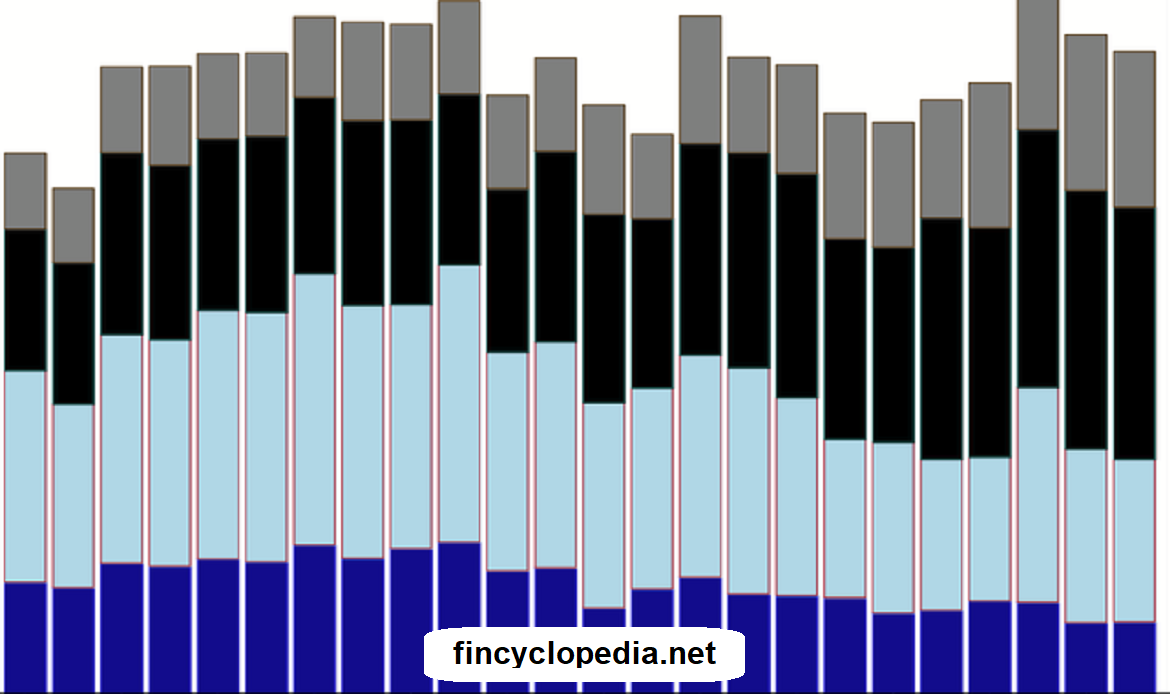A layer of capital (for a bank or financial institution) that consists of junior debt (more subordinated, and with quality lower than the debt in tier-1 / core capital and tier-2 capital/ supplementary capital). Banks and similar financial institutions hold this type of capital as a means to better account for its various risks including market risk, exchange risk, etc., that relate to its trading activities.
Ancillary capital (aka, tertiary capital) mainly include short-term subordinated debt which, if circumstances would require, can become part of the bank’s permanent capital and thus be used to absorb losses that may lead to insolvency.
This layer of capital is characterized by the following: 1) being unsecured, subordinated and fully paid up, 2) having an original maturity of at least 2 years, 3) not falling due before the agreed repayment date; and 4) being subject to a lock-in clause stipulating that neither interest nor principal may be paid (even at maturity) if such payment would drive the bank below its minimum capital requirements.
It is also known as a tier-3 capital.





